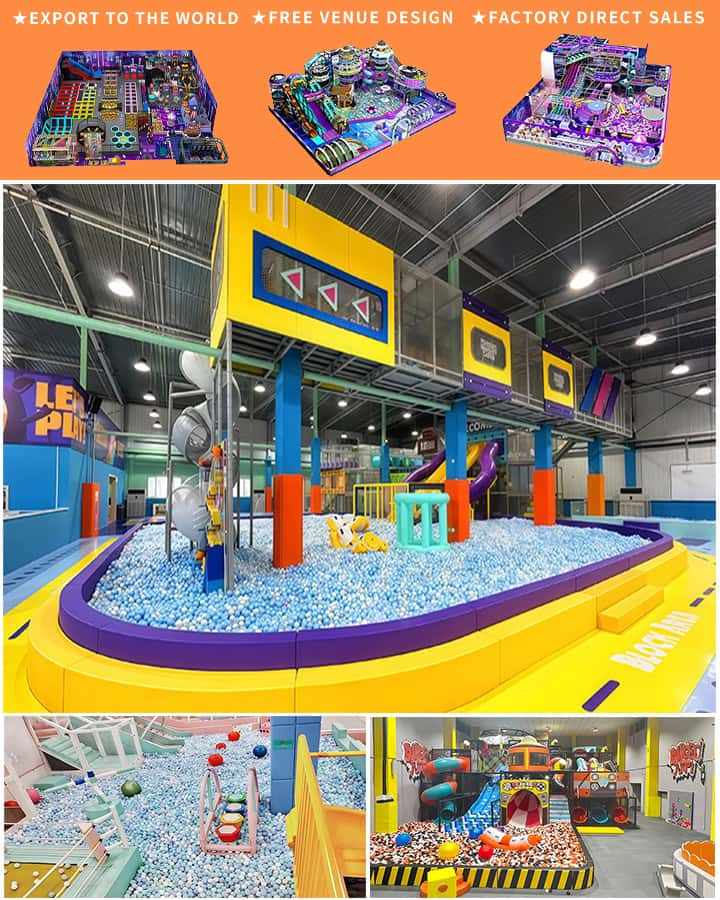Recess is an essential part of the school day, providing students with a break from academic pressures and an opportunity to expend energy. However, not all schools have access to adequate playground equipment, which can limit physical activity and overall student well-being. Fortunately, there are several programs and initiatives that offer free playground equipment for schools, aiming to create safer, more engaging, and inclusive play environments without financial burden.
One of the most notable programs is the National Recreation and Park Association’s (NRPA) Play Everywhere Initiative. This program partners with various organizations and companies to provide free playground equipment to schools across the country. The initiative focuses on promoting equitable access to play spaces, ensuring that even underserved communities can benefit from quality recreational facilities. Schools interested in participating can apply through the NRPA website, detailing their needs and outlining how the equipment will be used to enhance their students’ playtime experiences.

Another significant contributor is the KaBOOM! organization, known for its mission to bring balanced and active play into the daily lives of all kids. KaBOOM! has collaborated with numerous corporations and non-profits to build playgrounds in low-income neighborhoods and schools. Their Play Everywhere Challenge encourages communities to come together to design and develop local play areas. Through grants and volunteer efforts, KaBOOM! ensures that schools receive free equipment that meets safety standards and fosters physical activity.
In addition to these large-scale programs, many local businesses and foundations offer grants and donations specifically aimed at improving school playgrounds. For instance, The Toro Company Foundation provides funding for K-12 schools to purchase playground equipment that promotes physical fitness and social interaction. Similarly, regional foundations often have specific criteria and application processes for schools seeking financial support for playground enhancements. Schools can research and reach out to such entities to secure free or discounted equipment tailored to their students’ needs.
Community partnerships also play a crucial role in acquiring free playground equipment. Local parks and recreation departments might have surplus equipment or funding opportunities that they can share with nearby schools. Collaborating with parent-teacher associations (PTAs) and booster clubs can help identify potential donors or sponsorship opportunities within the community. Additionally, organizing fundraising events and leveraging social media platforms can raise awareness and attract donations from local businesses and concerned citizens.
The benefits of having free playground equipment extend beyond physical health. Access to well-equipped play areas can improve students’ social skills, reduce behavioral issues, and boost academic performance by providing a necessary outlet for physical activity. Furthermore, inclusive playground designs ensure that children of all abilities can participate, fostering a sense of belonging and community.
In conclusion, free playground equipment for schools is a valuable resource that can significantly enhance the recess experience without placing financial strain on educational institutions. Programs like the NRPA’s Play Everywhere Initiative, KaBOOM!, and various local grants and partnerships make it possible for schools to create safe and stimulating play environments. By taking advantage of these opportunities, schools can ensure that every child has the chance to play, learn, and grow through physical activity and social interaction.




